+251 99 380 2995 | +251 97 022 2227 | info@vector4engineering.com

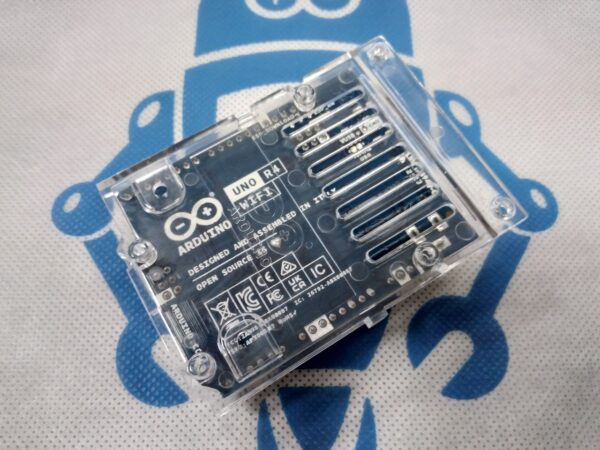
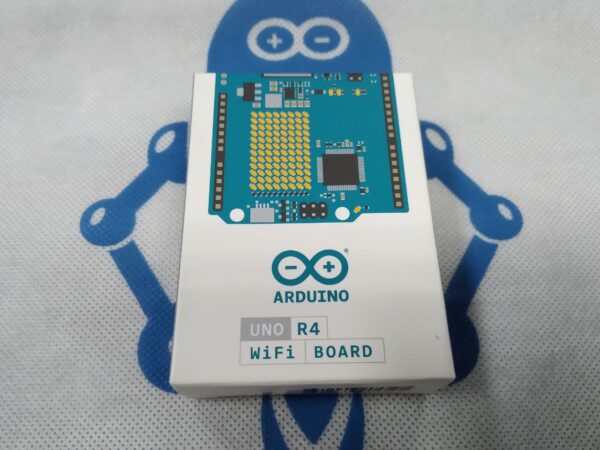
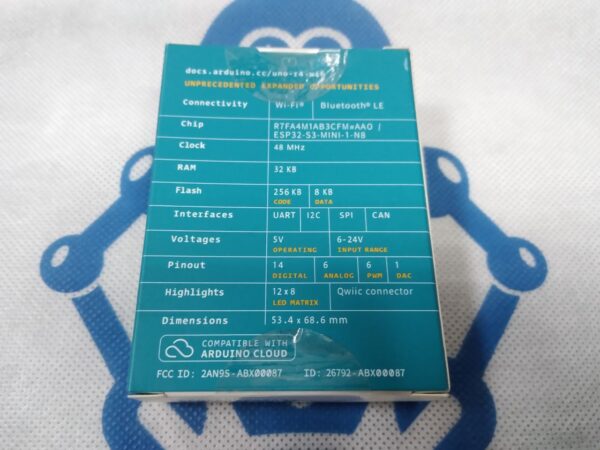
Arduino UNO R4 WiFi
Br 7,500.00
- Arduino® UNO R4 WiFi
- Microcontroller Renesas RA4M1 (Arm® Cortex®-M4)
- programming Port USB-C®
- Digital I/O Pins 14
- Analog input pins 6
- DAC 1
- PWM pins 6
- UART 1
- I2C 1
- SPI 1
- 1 CAN Bus
- Circuit operating voltage 5V (ESP32-S3 is 3.3 V)
- Input voltage (VIN) 6-24V
- DC Current per I/O Pin 8mA
- Main core clock speed 48MHz
- ESP32-S3 clock speed upto 240 MHz
- RA4M1 256 kB Flash, 32 kB RAM
- ESP32-S3 384 kB ROM, 512 kB SRAM
- Arduino® UNO R4 WiFi
- The Arduino UNO R4 WiFi merges the RA4M1 microprocessor from Renesas with the ESP32-S3 from Espressif, creating an all-in-one tool for makers with enhanced processing power and a diverse array of new peripherals. With its built-in Wi-Fi® and Bluetooth® capabilities, the UNO R4 WiFi enables makers to venture into boundless creative possibilities. Furthermore, this versatile board boasts a convenient on-board 12×8 LED matrix and a Qwiic connector, offering ample space for innovation and unleashing creativity. This dynamic combination empowers makers to transform their ideas into reality and elevate their projects to unprecedented heights.
- Maintains the same form factor, pinout, and 5 V operating voltage as its predecessor, the UNO R3, ensuring a seamless transition for existing shields and projects.
- Boasts increased memory and a faster clock speed, enabling more precise calculations and effortless handling of complex projects.
- Introduces a range of on-board peripherals, including a 12-bit DAC, CAN BUS, and OP AMP, providing expanded capabilities and design flexibility.
- Supports a wider input voltage range, allowing seamless integration with motors, LED strips, and other actuators using a single power source.
- With built-in HID support, the UNO R4 WiFi can simulate a mouse or keyboard when connected to a computer via USB, making it easy to send keystrokes and mouse movements.
- Hosts an ESP32-S3 module, enabling makers to add wireless connectivity to their projects. Combined with the Arduino IoT Cloud, makers can monitor and control their projects remotely.
- Features a Qwiic I2C connector, allowing easy connection to nodes from the extensive Qwiic ecosystem. Adapter cables also enable compatibility with sensors and actuators based on other connectors.
- Includes additional pins, including an “OFF” pin to turn off the board and a “VRTC” pin to keep the internal Real-Time Clock powered and running.
- Incorporates a bright 12×8 red LED matrix, ideal for creative projects with animations or plotting sensor data, eliminating the need for additional hardware.
- Includes an error-catching mechanism that detects runtime crashes and provides detailed explanations and hints about the code line causing the crash.
You may also like…
-
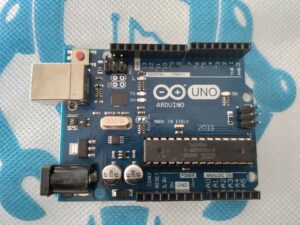
Arduino Uno
Br 1,950.00 -
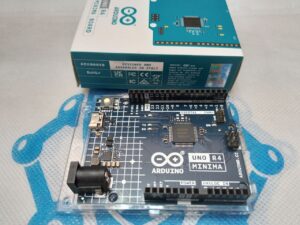
Arduino Uno R4
Br 5,500.00


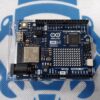
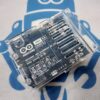
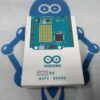





Reviews
There are no reviews yet.